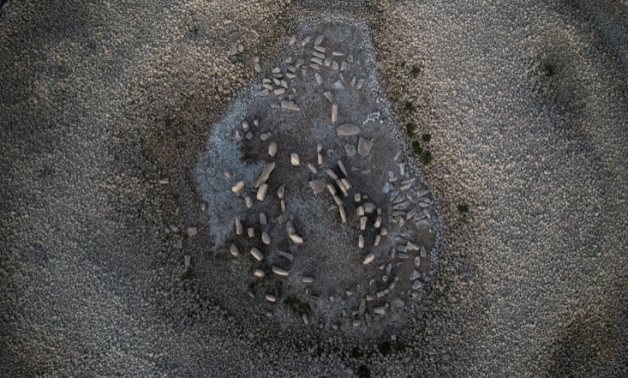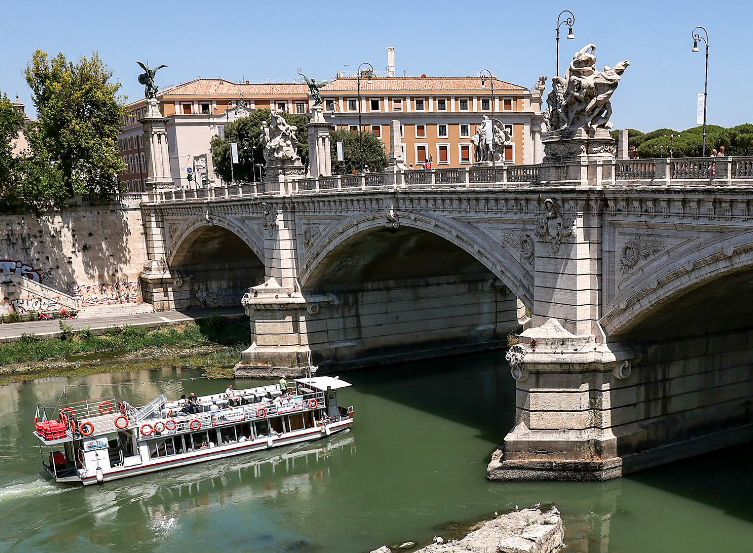
The dolmen of Guadalperal, also known as the Spanish Stonehenge, is seen due to the receding waters of the Valdecanas reservoir in the outskirts of El Gordo, Spain, August 3, 2022. REUTERS/Susana Vera
CAIRO – 19 September 2022: Since early 2022, Europe has experienced a long period of unusually high temperatures and a severe lack of precipitation.
By August, 47 percent of the continent was in drought warning conditions, which are characterized by a lack of soil moisture and negative effects on vegetation, according to the Global Drought Observatory.
Andrea Torretti, a senior researcher at the European Commission's Joint Research Center, told Sky News that the drought could be the worst in Europe in 500 years.
A body of research, including the latest report by the Intergovernmental Panel on Climate Change, suggests that droughts like those sweeping Europe are becoming more severe as climate change pushes temperatures to new extremes.
Spanish Stonehenge
Rock relics and ancient bridges sites are still being uncovered in Europe due to drought. Receding water levels in Spain's Valdecañas Reservoir have fallen to 28 percent of its capacity, exposing Spain's Circle of Stonehenge, according to Reuters.
"It's a surprise," Enrique Cedillo, an archaeologist from the Complutense University of Madrid, told Reuters. "It's a rare opportunity to get to it."
The Dolmen of Guadalperal consists of dozens of rocky stones believed to date back to 5000 BC. It was discovered by a German archaeologist in 1926 and is usually underwater thanks to the establishment of the reservoir in 1963. Since then, it has only been fully visible four times.
“All my life, people have told me about the Dolmen. I've seen parts of it peeking out of the water before, but this is the first time I've seen it whole. It's amazing because you can appreciate the entire complex for the first time in decades,” Angel Castano, president of the local cultural association Raíces de Peralêda, told Atlas Obscura in 2019, when the monument last appeared due to low water levels.

Bridge of Nero
The severe drought in August also revealed a bridge said to have been built during the rule of the Roman Emperor Nero in the first century. The bridge was usually submerged under the waters of the Italian Tiber.
According to historian Anthony Majanlahti, the bridge is believed to have originally had four piers, but two were dismantled in the 19th century and one of the bridge piers can often be seen during the drier parts of the year. However, two have appeared this year, according to the Associated Press.
Comments
Leave a Comment